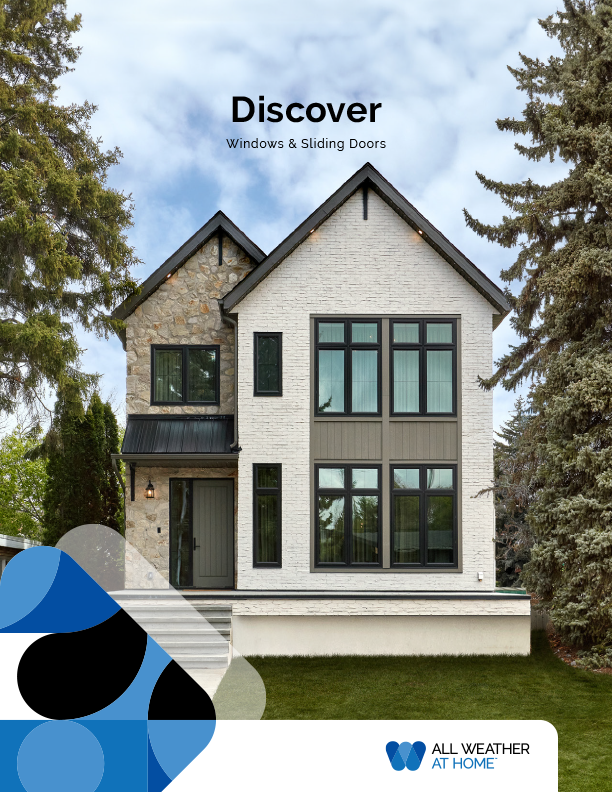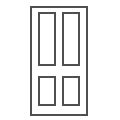Humidity & Condensation
If you maintain a high level of humidity within the house, then surface condensation may occur when outside temperatures are low. Watch this video for tips on managing condensation.
Facts and Tips for Controlling Humidity
- A new home will typically expel 500 to 600 gallons of water in the first year and a half, so it is difficult to reduce condensation during this time.
- It is normal to have about 1″ of moisture on a sealed unit.
- Sliders will typically have more condensation on the fixed portion due to the glass being positioned further toward the exterior than the interior.
- Ventilation is the most effective means to remove moisture from your home. By exchanging some of the drier outdoor winter air for warm humid interior air, the moisture level inside the house will be reduced.
- Open a door or window for short periods to allow moisture to escape.
- Gas appliances produce moisture from combustion. Cooking adds even more moisture, so be sure to run your kitchen fan while cooking. Vent the kitchen fan directly to the outside to achieve the desired effect.
- Showers are a high source of moisture. Keep bathroom doors shut and run the exhaust fan to eliminate moisture. Ensure you leave your fan on for a minimum of 15 minutes after you shower to allow the humid air to be removed to the outside.
- Clothes dryers should be vented to the outside. Hanging up wet clothes to dry inside your home can add significant moisture to your home.
- Shut off the furnace humidifier and any other humidifying device in the home, particularly in winter months.
- If you have a fireplace, open the damper occasionally to allow moisture to escape.
- Free air circulation is important. Do not cover hot or cold air registers with furniture or appliances. Leave bedroom and bathroom doors open.
- Keep the temperature of all rooms at a minimum of 10ºC (50ºF) even if unoccupied. Condensation will occur in an unheated room.
- Condensation will typically be greater on the second floor due to the fact that warm air rises and the upper floors are exposed to greater winds, cooling the glass.
- Wipe up any tracked-in snow before it melts and evaporates.
- Floors wet from mopping can add large amounts of moisture. Run exhaust fans (bathroom and kitchens) while floors are wet. Avoid washing floors on extremely cold days.
- Most builders install a fresh air intake into the cold air return duct of the heating system. Make sure that the intake damper is open and that there are no obstructions to prevent airflow. If you do not have a fresh air intake, have one installed.
- Drapes and blinds should be left open during the daytime. At night, raise blinds at least 4” up (preferably 6-8″) off the frame to allow air to flow against the glass.
- Certain fabric blinds that are designed to fit from jamb to jamb must be left partially open to ventilate the window cavity. Failure to do this can cause extreme temperatures between the blinds and the glass. Glass breakage or warping of uPVC can occur, which can void warranties.
- Remove casement screens to increase airflow.










